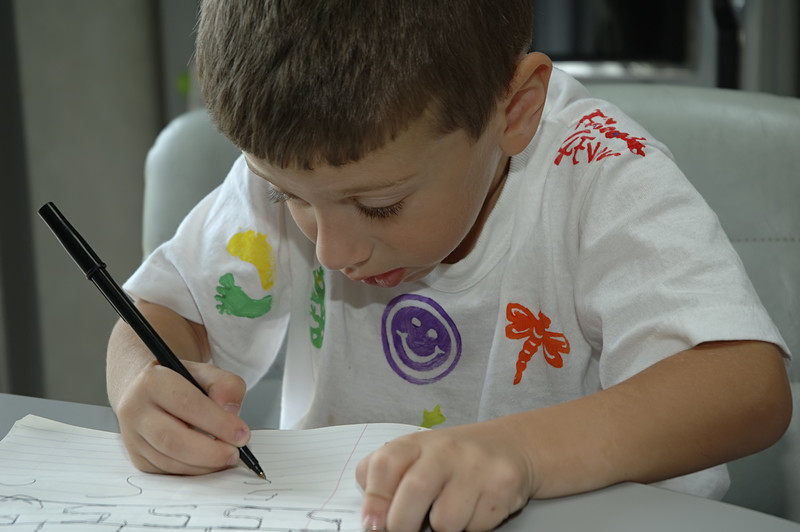Before your toddler begins to school for real, there is a lot of pre-schooling in the homeschool. From the age of two years it is alright to give your homeschool student a crayon or a pencil and allow them to write. Naturally at that stage they will be drawing squiggles and lines, and it’s perfectly fine to let them do this on multiple pages that you provide. As their hand sets and the pressure is uniform on these drawings you may consider moving them along to drawing lines. Playing join the dots games is a great way to do this in a easy going and fun manner. Eventually, however, you will be getting them to write down the alphabet.
Cursive Vs Print Debate
By the age of four years, your homeschool student will be familiar with the alphabet rhyme. They can probably identify both capital and lower case letters when they see them, and now it’s time to get them to write. Opinion is often divided about what should be taught first, cursive writing or print. While print is what they will see more often and read in their textbooks, there are issues like letter reversals and trouble with letter formation if print writing is taught first. “p” and “q”, “d” and “b”, “f” and “t” become problems for the child and writing becomes a struggle because the visual discrimination at that age is not as well developed.
Advantages of Cursive Writing
Since cursive writing goes in a flow with curves, there is less potential for errors. Also there is the familiarity of pattern where all lower case letters start from the bottom line and the left. Unlike in print where the letters can start from any position. The spacing distance between letters and eventually words is easier to handle when the cursive writing is done. There is not too much danger of letters being written too far away from each other in a word because of the flow in which they are written. These are advantages that most homeschooling teachers prefer to use by teaching cursive writing first, even though traditional schools tend to go with print first.

